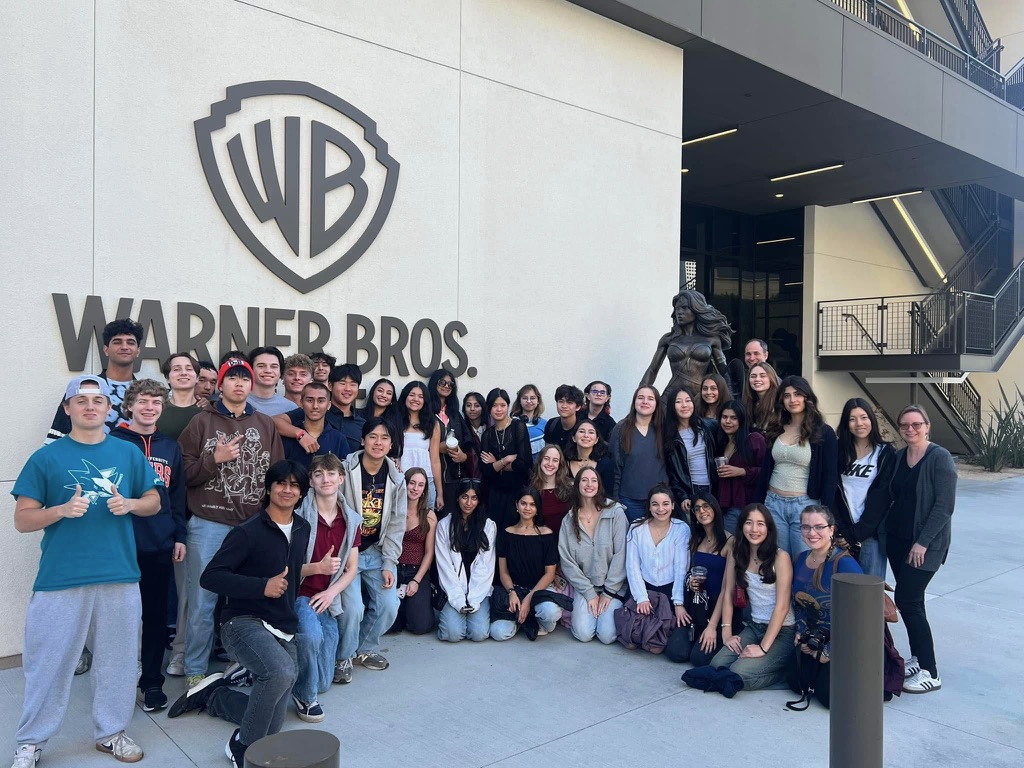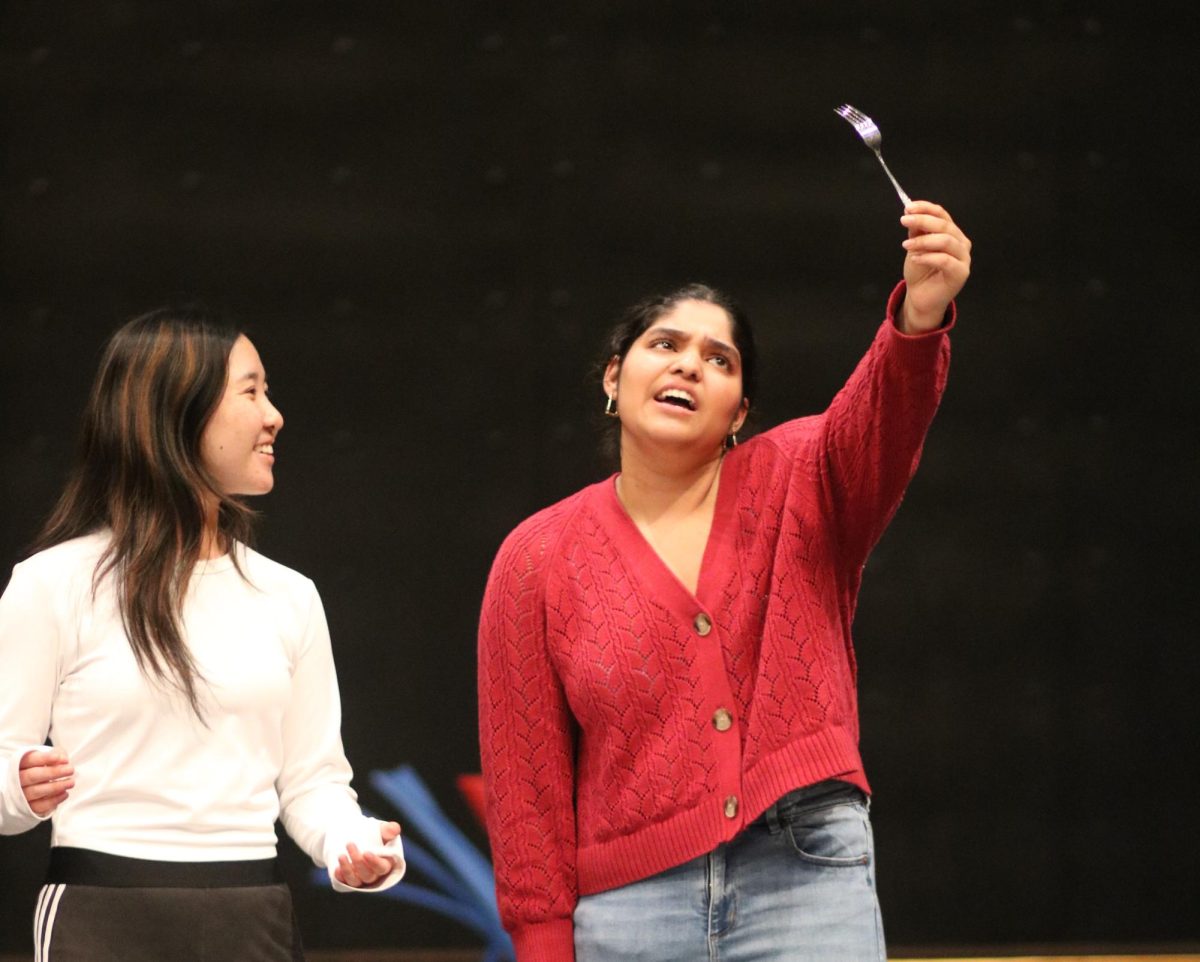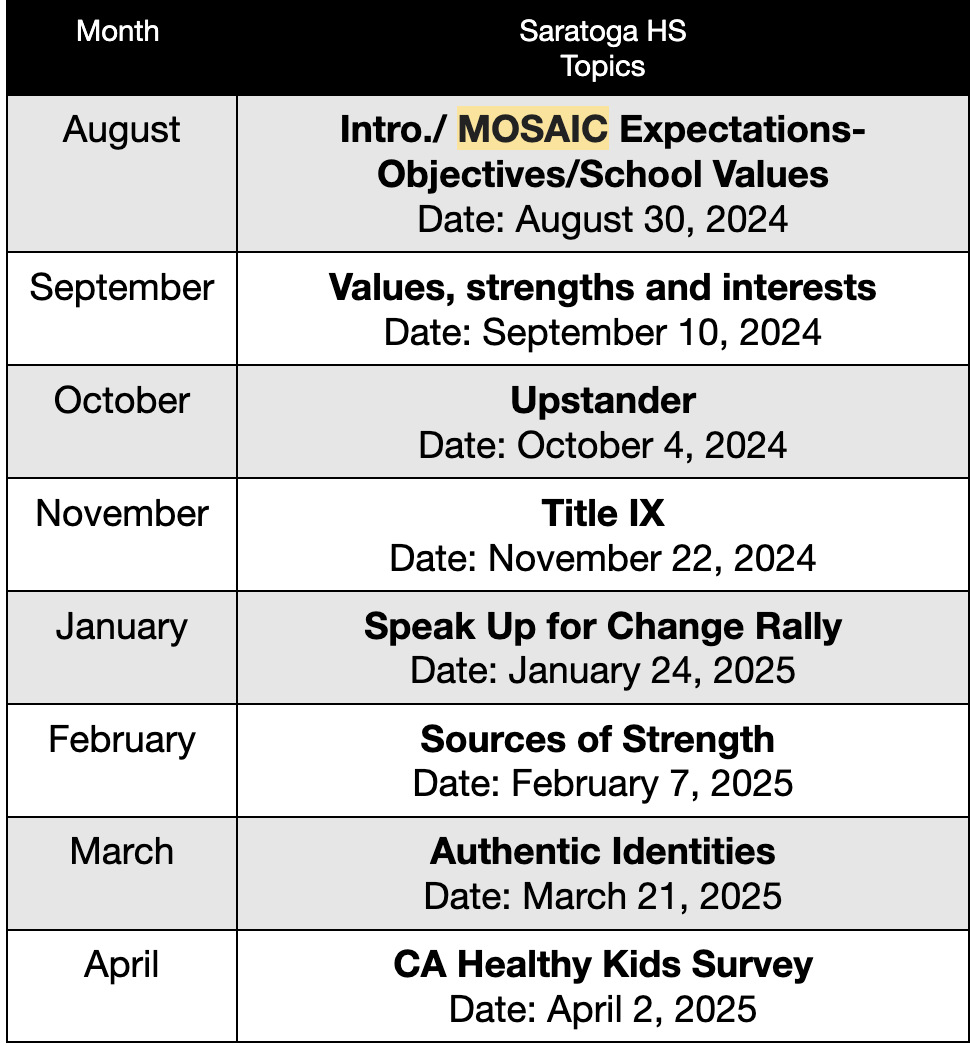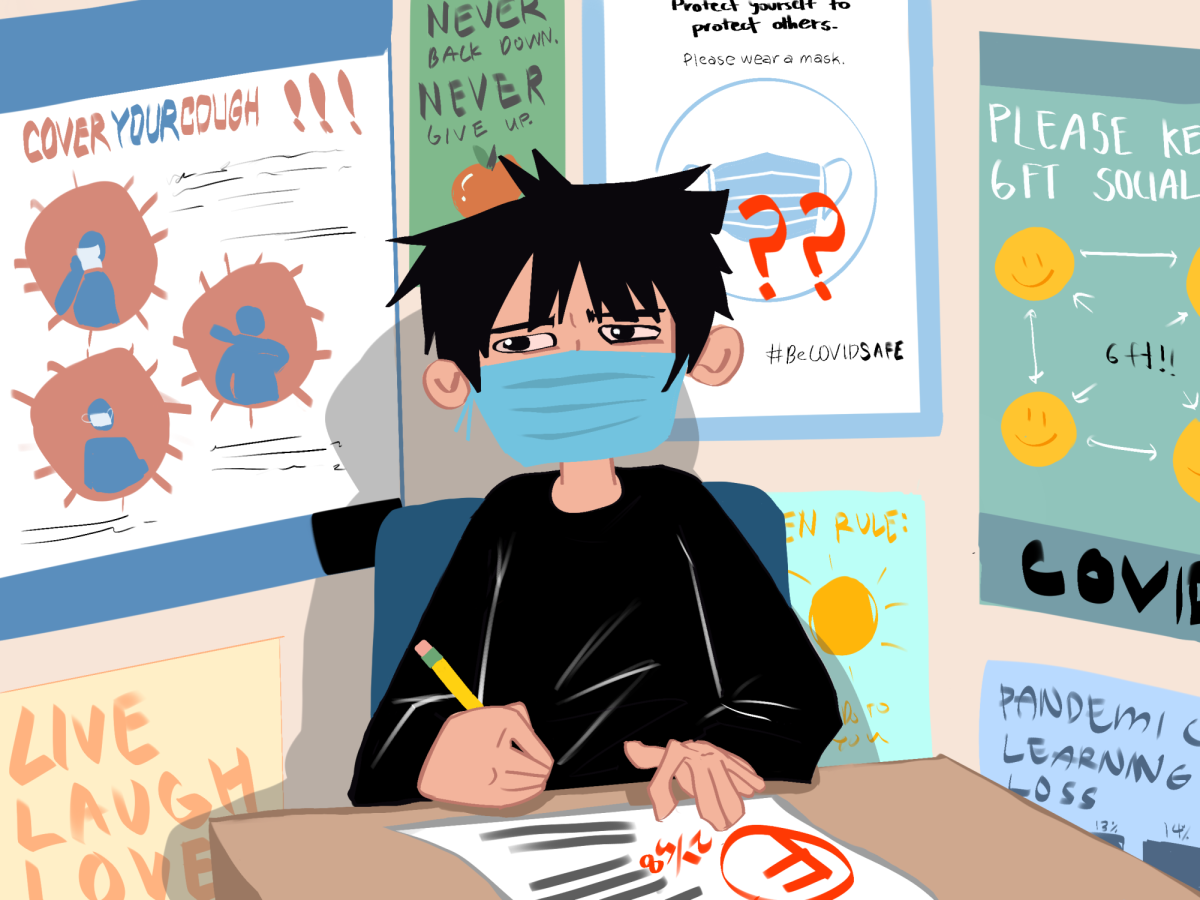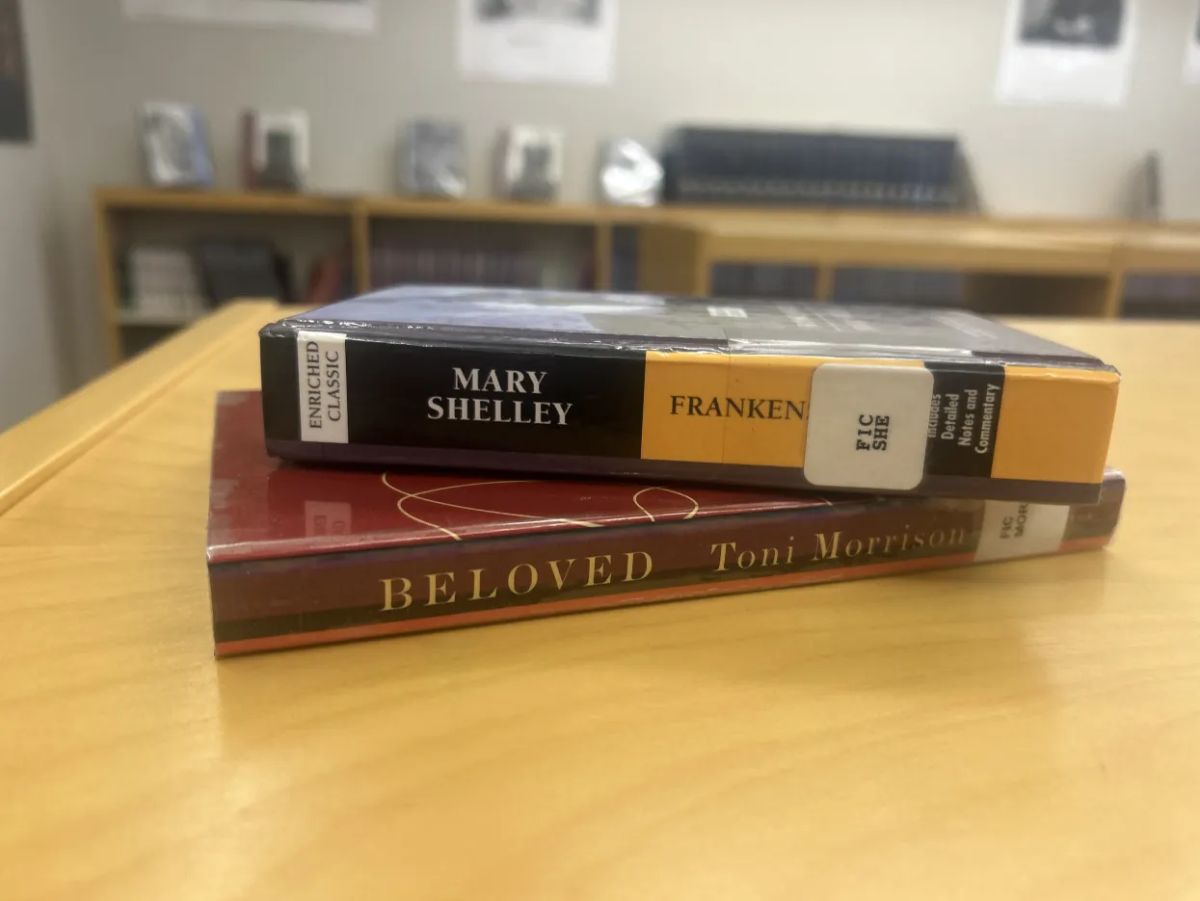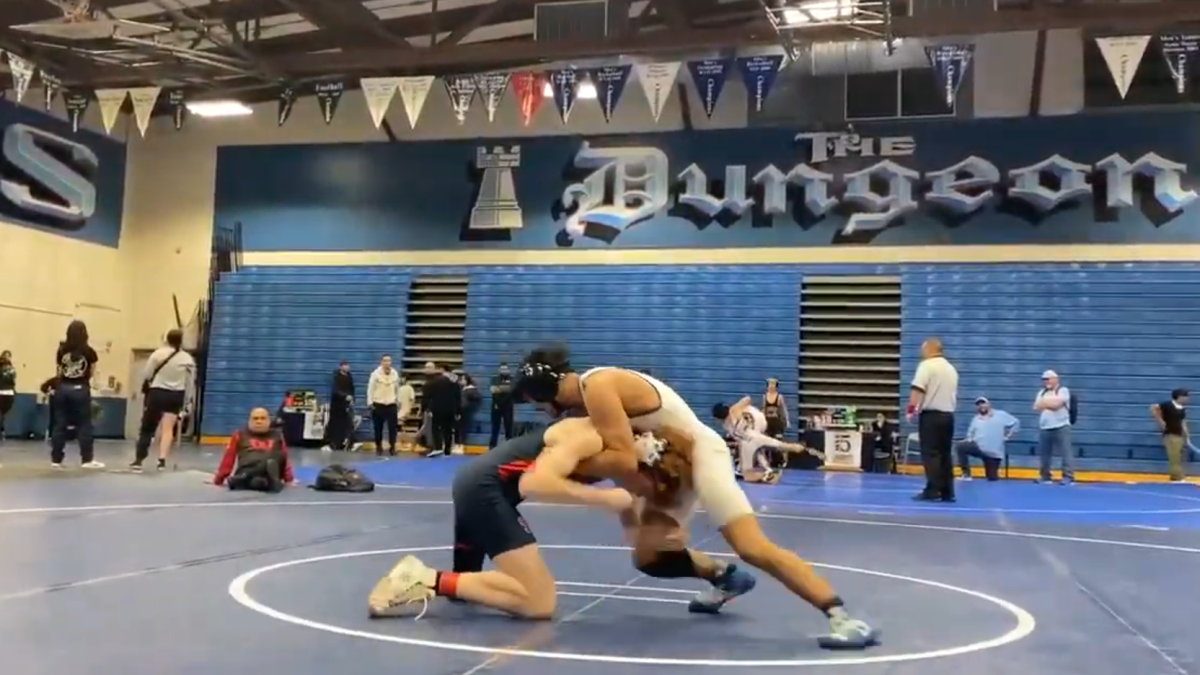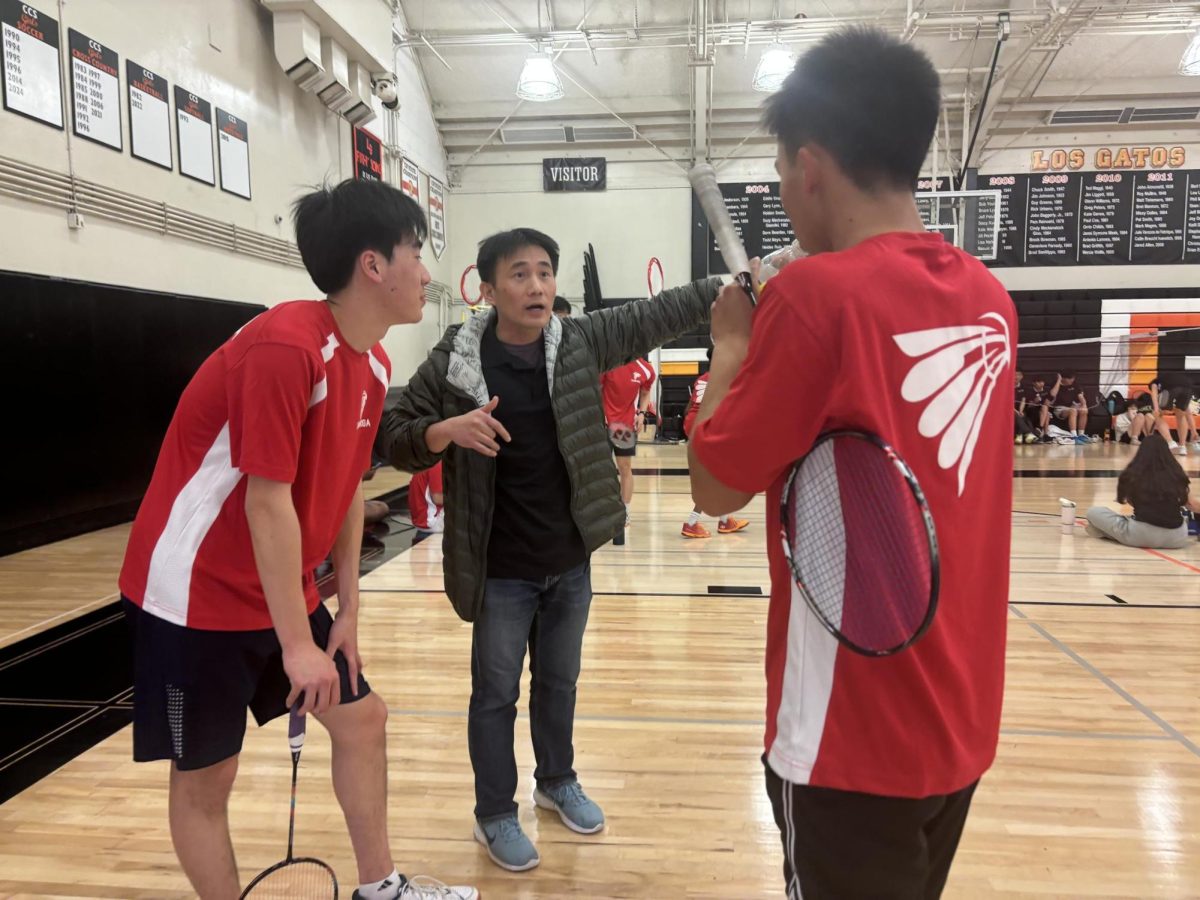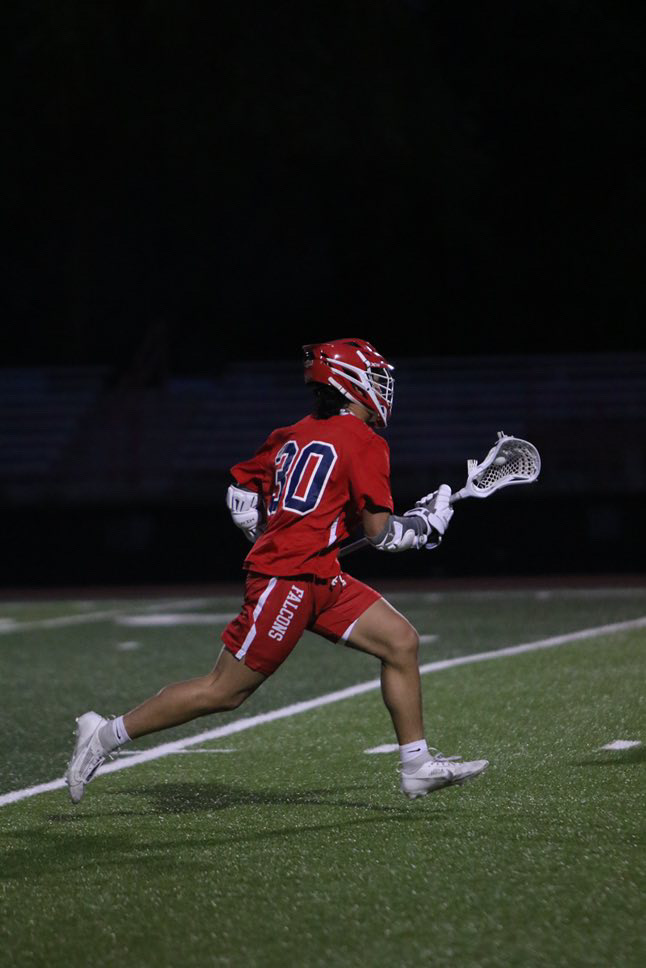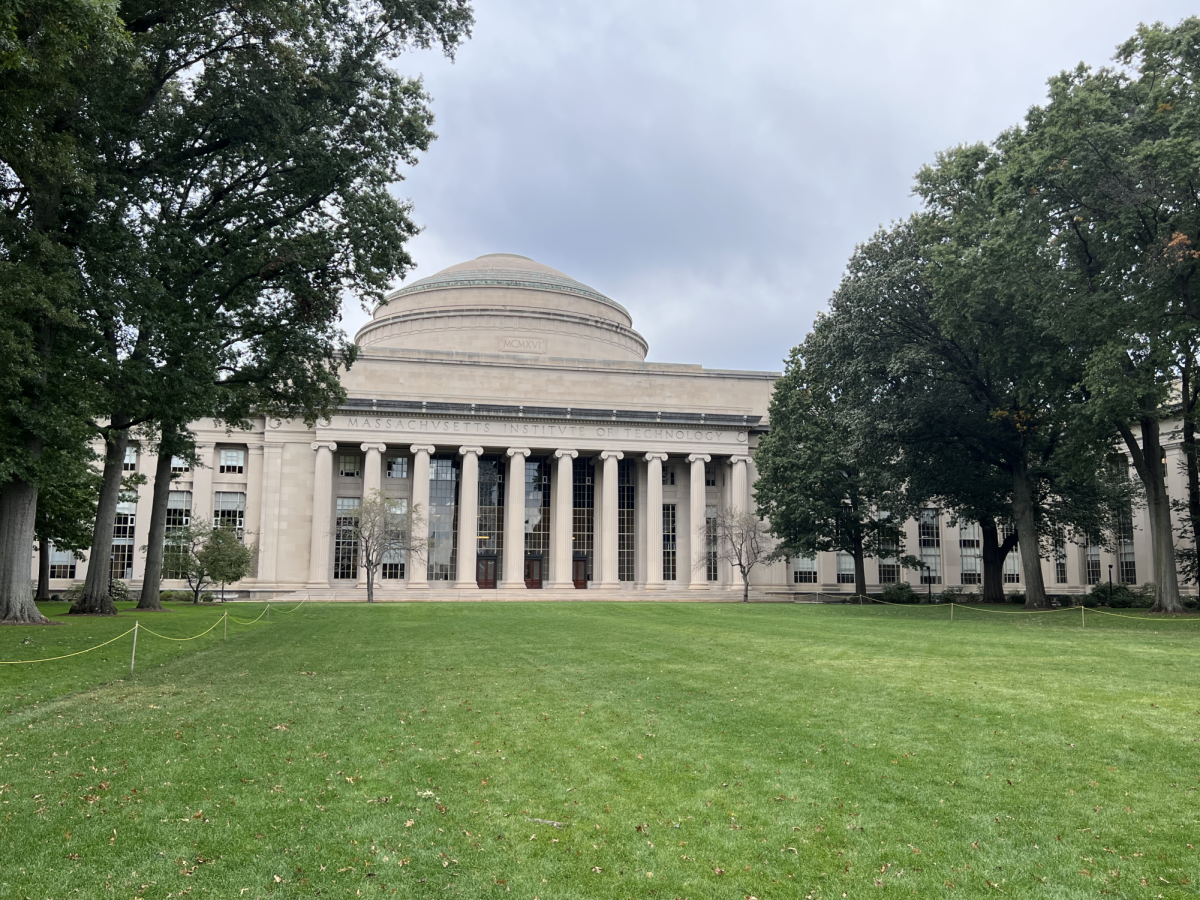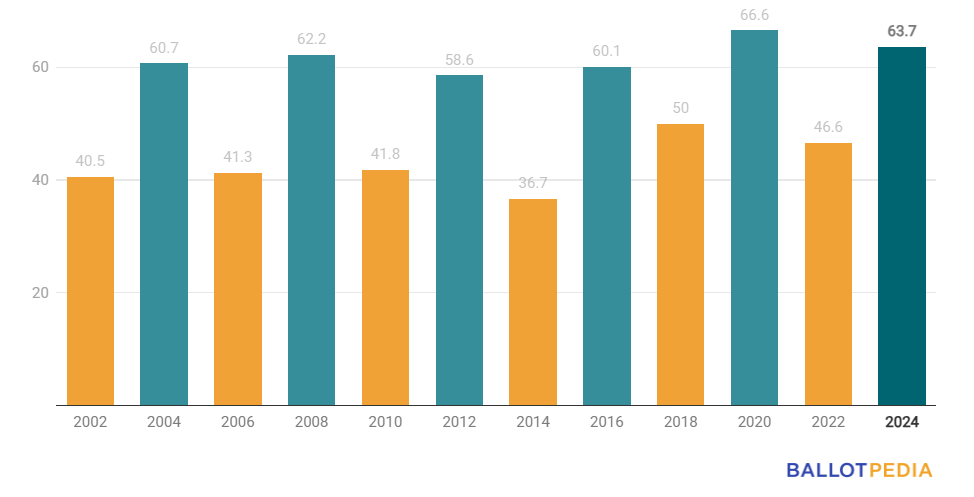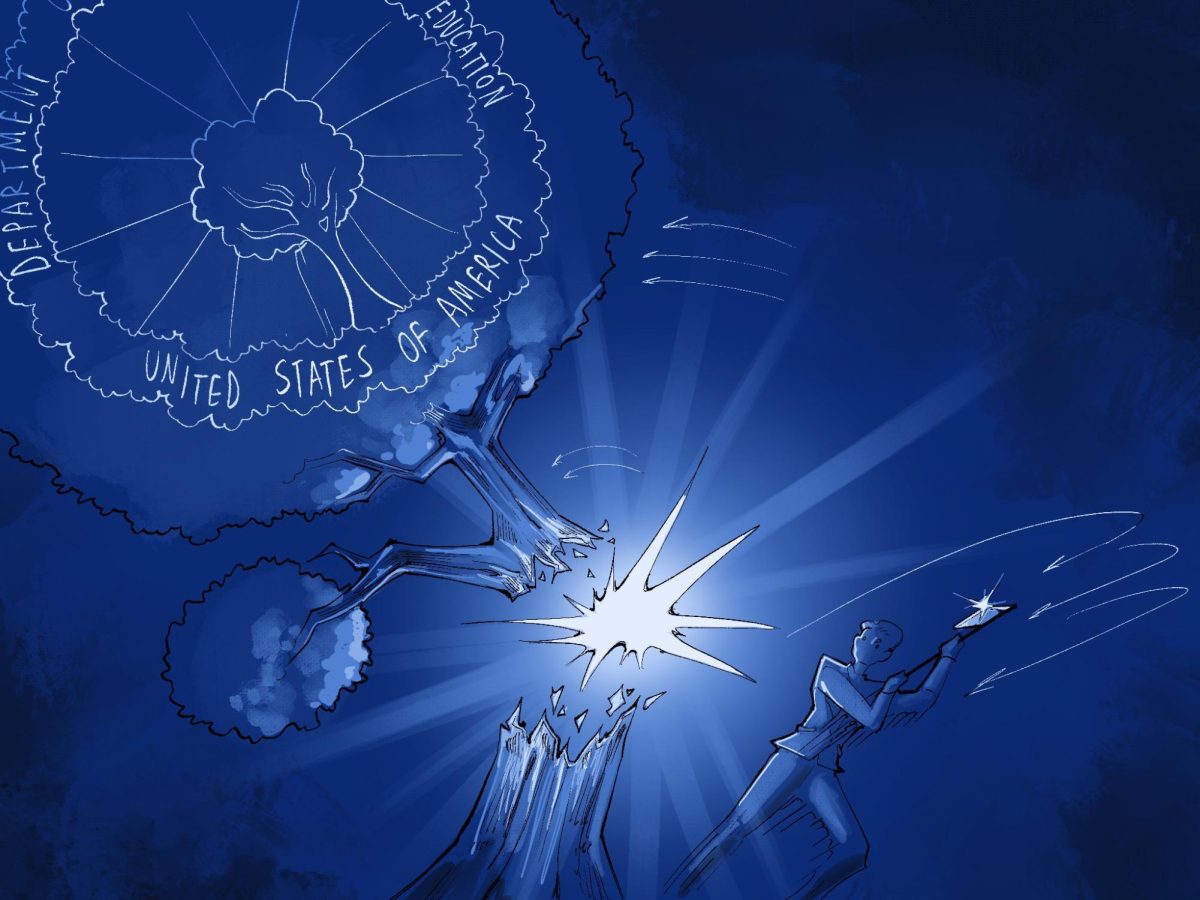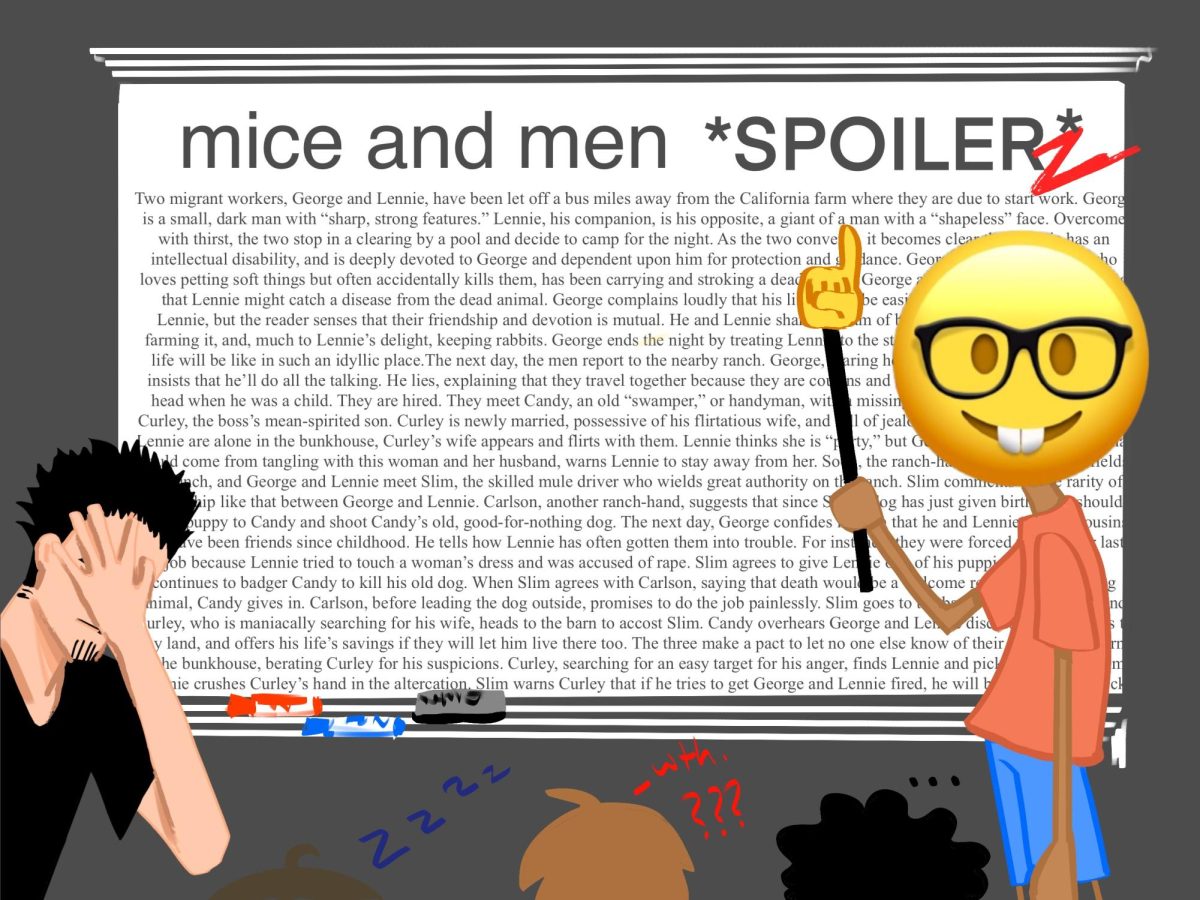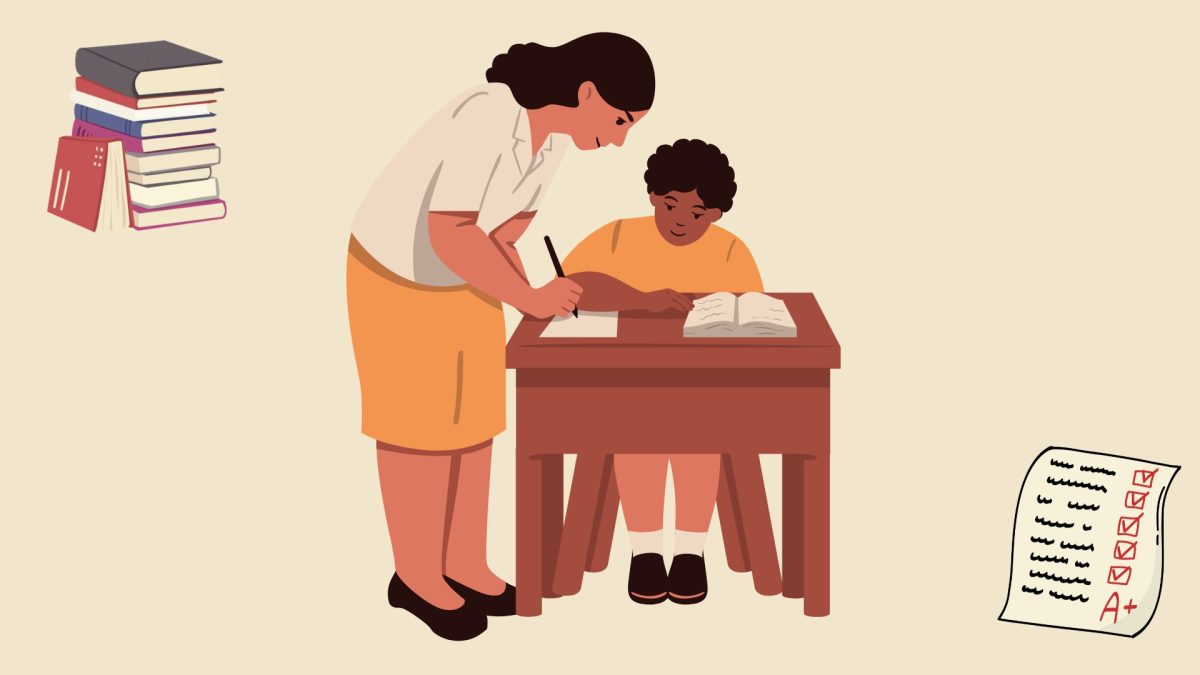In January, the school announced that next year, two new courses will be introduced as electives: AP Art History, which fulfills the required one year of visual arts credit, and Introduction to Business. Both classes, which require no prerequisites, are only available to students entering grades 10-12.
Physics teacher Kirk Davis is slated to teach Intro to Business, and MAP teacher Joel Tarbox AP Art History. Both have experience, as Davis taught a business class previously at Saratoga High, and Tarbox taught AP Art History at Pacific Collegiate School in Santa Cruz about five years ago.
For the Intro to Business class, Davis said he is not planning to have a set curriculum. Rather, he plans to focus on and structure his lessons around what the students are interested in. For him, the class is about exposure to the general business world. He plans to cover “everything from economics to functions of a business: marketing, sales, finance, operations management.”
He said students will also study personal finance and analyze case studies of successful or unsuccessful businesses. At the end of the year, students will write a business plan and create a business.
“The goal of this class is just to spur your interests and see if that’s something you might want to study at school [in the future],” Davis said.
Davis taught two periods of the Intro to Business class 12 years ago, when he first began teaching at SHS, alongside his physics classes. Prior to his teaching career, Davis had worked for 25 to 30 years in the business side of the healthcare industry with a masters in business.
“I actually knew more about business than physics then,” Davis said.
However, when the school began allowing juniors to double up on science courses, there was a shortage of science periods to accommodate the uptick in registration. Davis began teaching only science classes, and said that Intro to Business disappeared overtime as interest waned.
However, student interest in a business class surged just last year after junior Brian Zhu began a petition to reintroduce the class.
Since the class had already been approved by the school board 12 years ago, Davis did not need to go through the traditional process of filling out forms to get the class approved again.
Davis said that no prerequisite knowledge is necessary for this class; students should just be willing to discuss and be open minded.
“In chemistry, there’s right and wrong answers every single time,” Davis said. “That’s not true in business. Sometimes you make a decision and it’s like ‘OK, maybe this will work’ and you don’t know for many years. There’ll be a lot of things we talk about that could be either yes or no depending on how you answer it.”
Unlike Intro to Business, AP Art History is completely new to the school.
Tarbox has wanted to teach AP Art History at SHS since his second year at the school in 2016. He recalls discussing the possibility with principal Paul Robinson at that time, but because he was still new to the school, he decided to hold off on it until now.
“I was new enough in the sense that I didn’t have things under control,” Tarbox said. “But then last year, I thought about [teaching AP Art History] again and talked to Mr. Robinson. He still seemed interested, so I thought I’d like to offer it.”
After Tarbox decided that he wanted to offer AP Art History, he filled out a class request form that stated the goals of the class and what its academic value was. He submitted it to assistant principal Brian Safine, who reviewed the request with Robinson. After they approved it, they sent it to the school board, and once the board signed off, AP Art History was officially offered as a new class.
The curriculum is based on the one provided by College Board, which dictates that students must analyze 250 pieces of art by the time of the AP exam.
Tarbox said that are two main approaches to teaching this curriculum: organizing art by theme or by time period. He prefers to cover material chronologically.
“[Going chronologically] is very self-referential,” he said. “There’s certain artists who you study that if you don’t know what came before, you [won’t] fully know what the artist is trying to say, because they’re referring to earlier artwork.”
In addition to analyzing art pieces in class, Tarbox hopes to take his classes on field trips to museums once or twice a year. His goal is not necessarily to show pieces that are specifically going to be on the exam, but just to expose students to real art in person.
“Unless you actually see how the production is, how intense the colors are, you’re not getting the full picture,” he said.
However, there is no guarantee that the courses will be offered next year; first, there must be adequate interest, and the results of student signups would be finalized until later in the spring.
Although they cannot say anything for sure right now, both Davis and Tarbox are hopeful that enough students will sign up for these classes to run.


